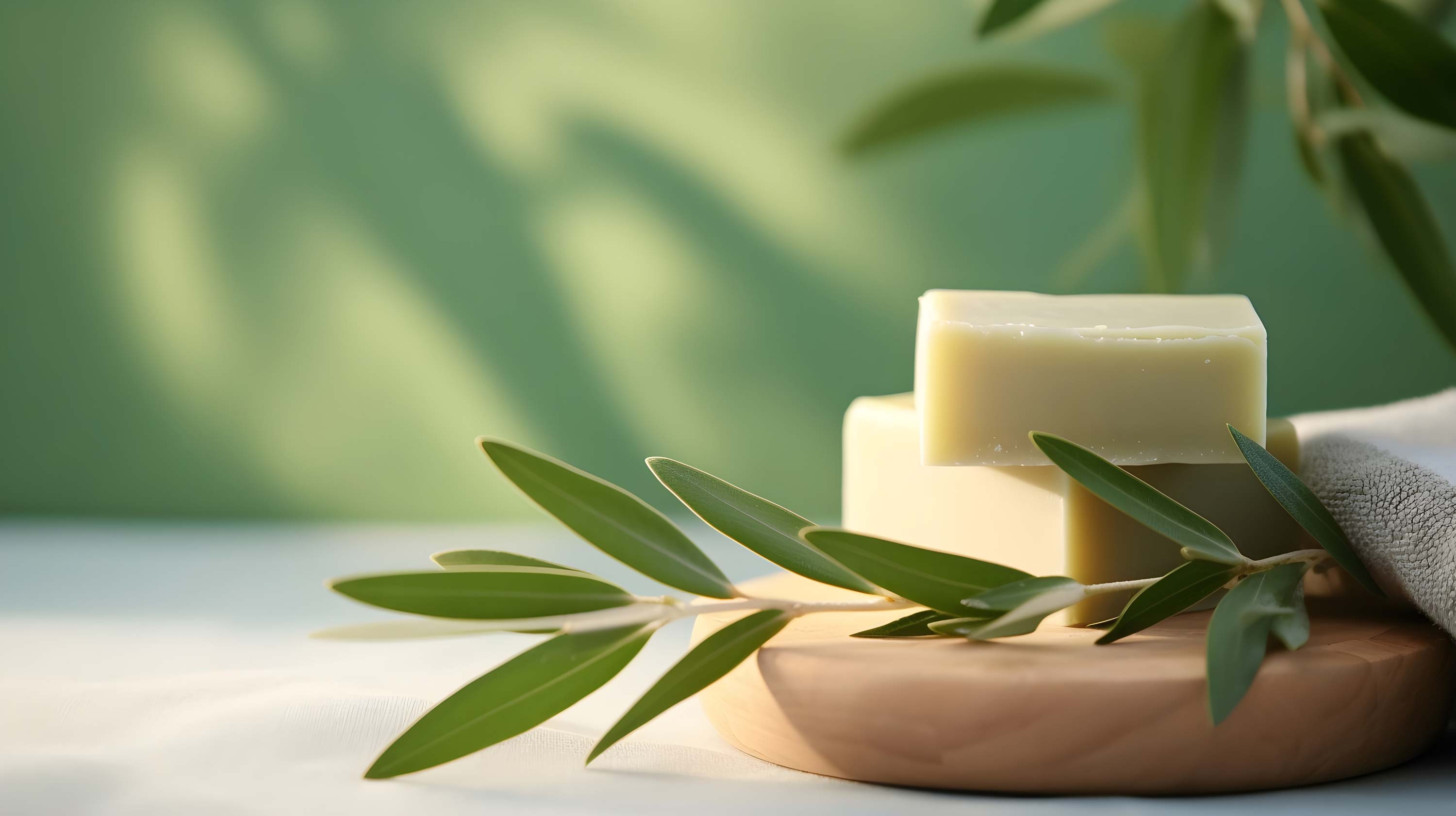
The Rich Heritage of Pure Castile Soap: A Journey Through Time
Historical Origins
The story begins in the Castile region of Spain, where local artisans developed a unique soap-making process using the abundant olive oil from their surroundings. Unlike other European soaps of the time, which typically used animal fats, this pure vegetable-based soap emerged as a premium product in the 12th century.
The region's Moorish influence played a crucial role in developing the soap-making technique. The Moors had brought advanced knowledge of chemistry and agriculture to Spain, including improved methods for olive cultivation and oil extraction. This expertise, combined with local traditions, gave birth to what we now know as Castile soap.
Traditional Production Method
The traditional process of making pure Castile soap involves:
- Cold-pressing olives to extract virgin olive oil
- Mixing the oil with water and potassium hydroxide (historically derived from wood ash)
- Allowing the mixture to saponify through a slow, natural process
- Curing the soap for several months to create a mild, long-lasting bar
Benefits of Pure Olive Oil Castile Soap
Skin Benefits
- Deeply moisturizing due to the high concentration of oleic acid in olive oil
- Naturally hypoallergenic and suitable for sensitive skin
- Creates a protective barrier that helps skin retain moisture
- Rich in antioxidants that help protect skin from environmental damage
Environmental Advantages
- Biodegradable and environmentally friendly
- Sustainable production when using responsibly sourced olive oil
- Free from synthetic detergents and harmful chemicals
- Minimal packaging required for solid soap bars
Versatility
- Gentle enough for face and body
- Safe for all skin types, including infant skin
- Can be used as a shampoo
- Effective for hand-washing delicate fabrics
Historical Impact on Commerce
Castile soap became one of Spain's most important exports during the Middle Ages. Its reputation for quality spread throughout Europe, and it became particularly popular among nobility and wealthy merchants. Venetian traders played a crucial role in distributing the soap throughout the Mediterranean and Northern Europe.
Modern Relevance
Today, pure Castile soap continues to gain popularity among consumers seeking:
- Natural skincare alternatives
- Environmentally conscious products
- Multi-purpose cleaning solutions
- Traditional craftsmanship
The recent surge in interest in natural and sustainable products has led to a renaissance in traditional Castile soap making, with artisanal producers returning to historical methods while incorporating modern safety standards.
Scientific Understanding
Modern research has helped explain why this ancient soap has stood the test of time:
- The molecular structure of olive oil soap is particularly effective at lifting dirt while remaining gentle
- The high percentage of oleic acid provides natural moisturizing properties
- The soap's pH level is close to that of human skin
- The natural glycerin content, retained through traditional processing, helps protect skin barrier function
Pure olive oil Castile soap represents more than just a cleansing product – it embodies a historical legacy of craftsmanship, sustainable practices, and effective skincare. Its endurance through centuries speaks to its exceptional qualities and continued relevance in modern times. As consumers become increasingly conscious of both personal and environmental health, this traditional soap offers a time-tested solution that meets contemporary needs.